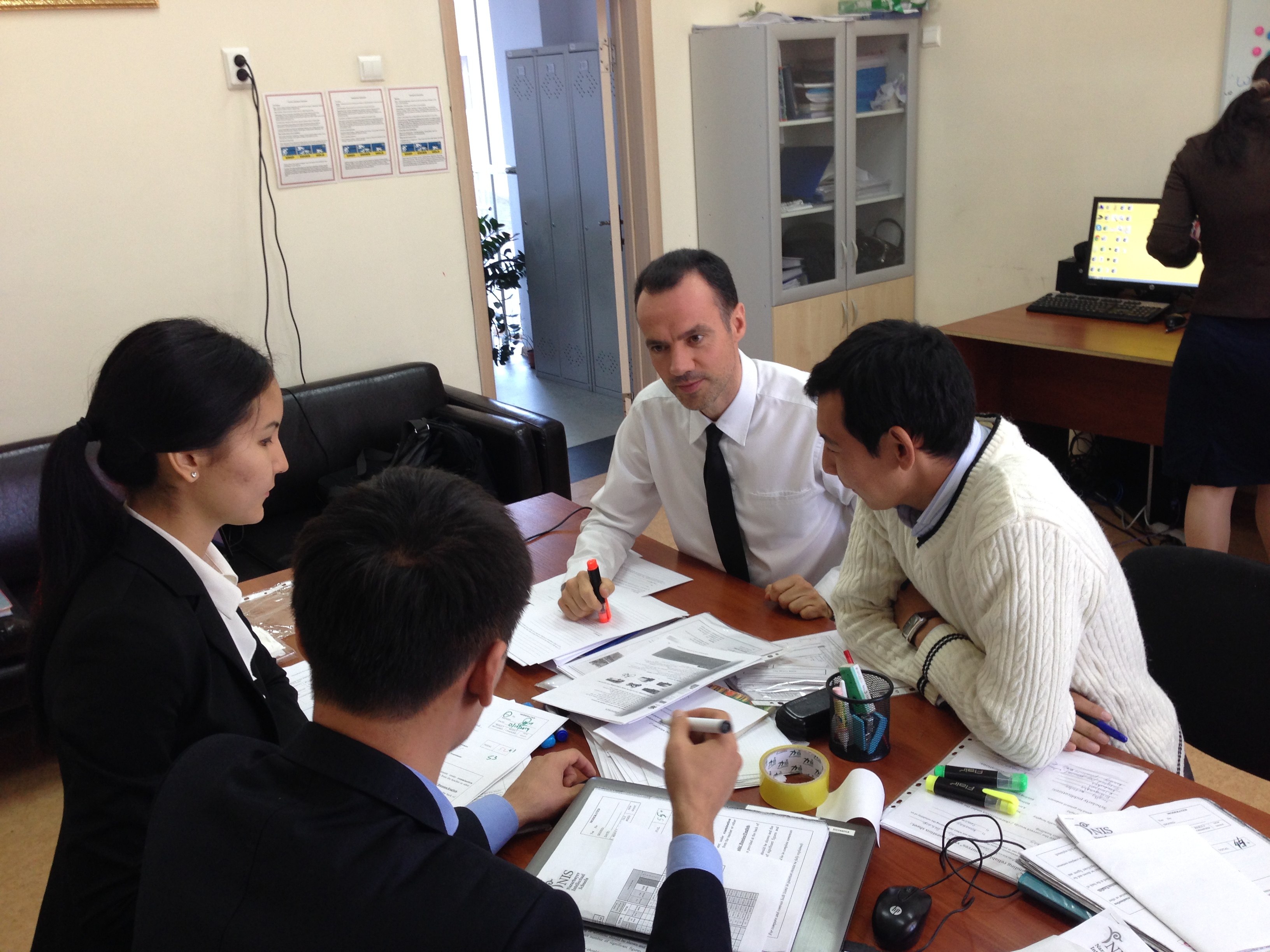| « April 2015 » | ||||||
| Su | Mo | Tu | We | Th | Fr | Sa |
| 1 | 2 | 3 | 4 | |||
| 5 | 6 | 7 | 8 | 9 | 10 | 11 |
| 12 | 13 | 14 | 15 | 16 | 17 | 18 |
| 19 | 20 | 21 | 22 | 23 | 24 | 25 |
| 26 | 27 | 28 | 29 | 30 | ||
07:49 Mentoring local teachers as Professional Development on teaching Global Perspectives (by Ignacio Carreras Fortia) | |
It is been more than 3 months now since I started to mentor some of the local teachers I work with, and so far the experience has been very grateful.
As I posted in my previous article since most of my local teachers were new in the subject I decided that the best way to help them would be preparing all their Lesson Plans and Classroom Activities for the first 2 terms. It has been a big challenge since a lot of extra work fell on my shoulders. Nevertheless I think this approach was helpful. Along with this, another way to help them improve their teaching skills has been do classroom observations and video recording before giving them feedback. As a final support I did several PDs. The very last one was on: “How to prepare Global Perspectives Classroom Activities and Lesson Plans”. Since teaching how to teach is a very complex task that requires to be aware of many different aspects and details I wrote down a basic first approach with this purpose. The following paper is the beginning of this PD: PREPARING CLASSROOM ACTIVITIES and LESSON PLANS FOR Global Perspectives YEAR 11 STUDENTS Previous considerations All teachers have their own way of teaching and preparing activities according to their own personalities and preferences. So that it is very difficult to try to set up a general model for all educators. Nevertheless some general consideration can be observed. Everyone agrees today that a 21th century class has to be student centred, and not a simple memorized lecture, as it was in the past. Understanding they way we learn is also very important. It is when we do something -when students are active participants in the classroom- that we learn the most. It is called learning by doing. Since it is a very creative process a good starting point can be:
The goal is: Take those activities you like, those ideas you think are engaging to students, those “tricks” that go with your personality and can be useful in your lessons. Consider also the excitement you will put while teaching, because you will pass this same emotion to your students. If you feel excited teaching, your students will feel it, and that will make them feel more engaged in learning. Finally, remember: our goal is make our students learn what we want them to learn. In this case: skills. The academic content you will teach in GP is just an excuse we use to reach our goal. If you want to know how good you are as a teacher ask yourself: how much are your students learning in class? Steps to follow 1.Choose a topic. 2.Be an expert about the topic you will teach. Do research and learn it profoundly. Usually when we know something deeply we enjoy explaining it to others. This will make your classes more exciting because you will feel excited when teaching them. 
Besides, knowing a lot about your topic gives you that necessary background that allows you to explain an interesting anecdote, if necessary, or answers a difficult question from a smart student. 3.Consider the amount of time you have to teach your topic. In our case we have 5 sessions of 40 minutes each. 4.Check the Learning Objectives you need to cover. You will work focusing your attention in each part of the process individually, but finally you will have to make them match all in one single unit. The point is to start connecting the “how you will teach the topic/skills”, with the “how you will assess your students”. Finally you will write it all in a lesson plan. 5.Think what will be your Assessment Criteria, and how it will match with your Learning Objectives. Summary:
This part may be the most challenging one, since being creative requires a special condition and mood, which is difficult to reach sometimes. A good suggestion is start working on a draft trying to imagine how the activities you are putting together will fit in your classes.
Practical Activity Choose a GP topic you are familiar with and start preparing a draft for an 80 minutes lesson. Then show it to your adviser to get feedback from him. | |
|
| |
| Total comments: 0 | |
